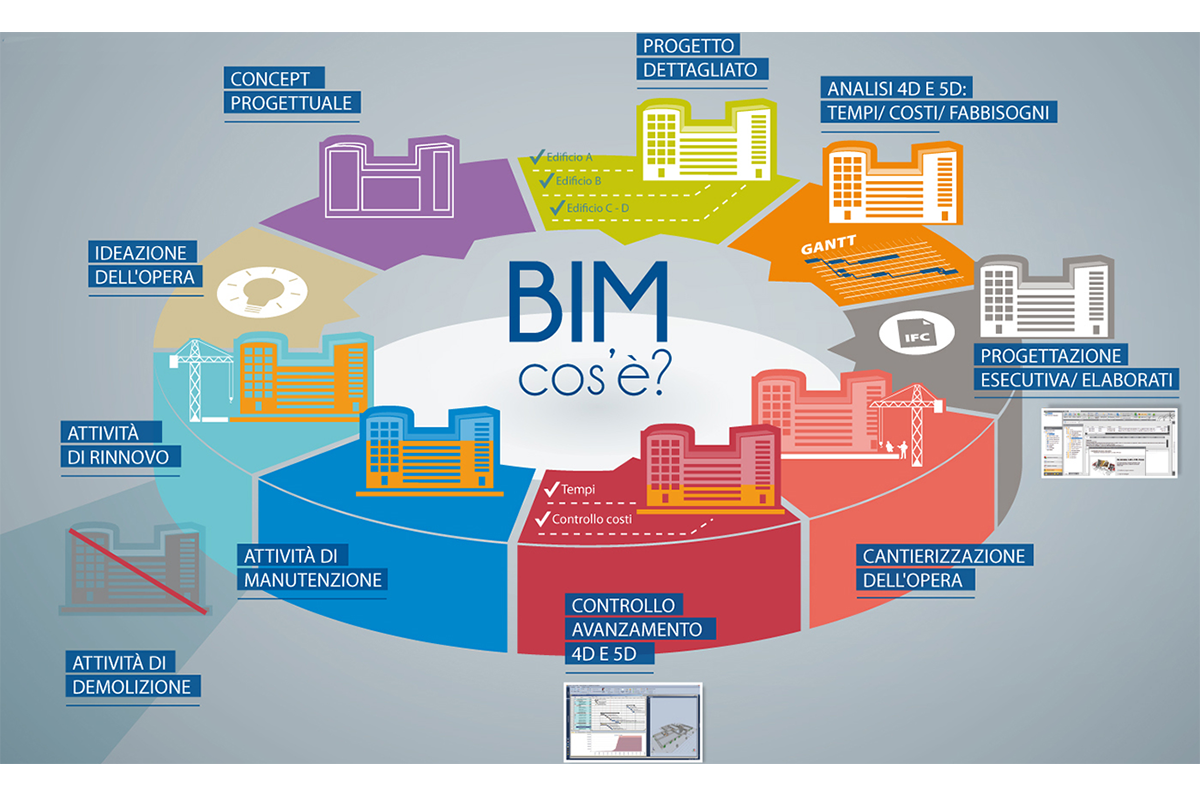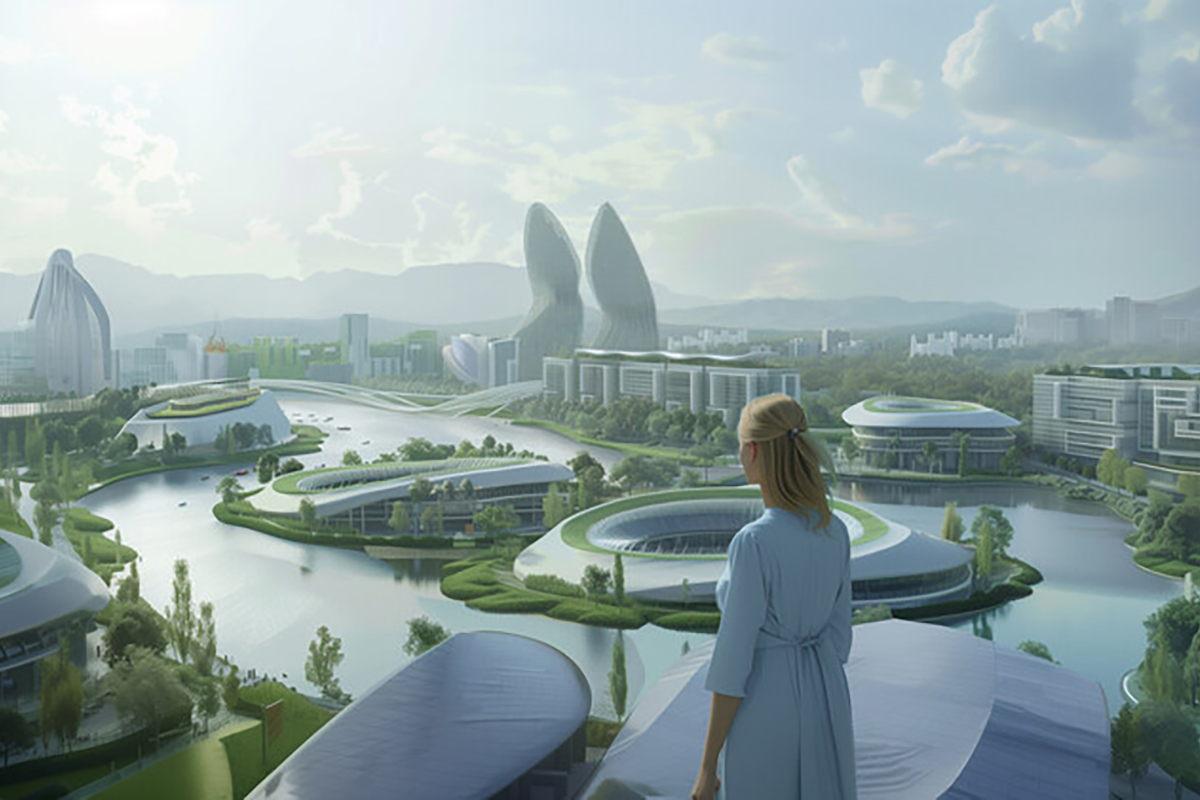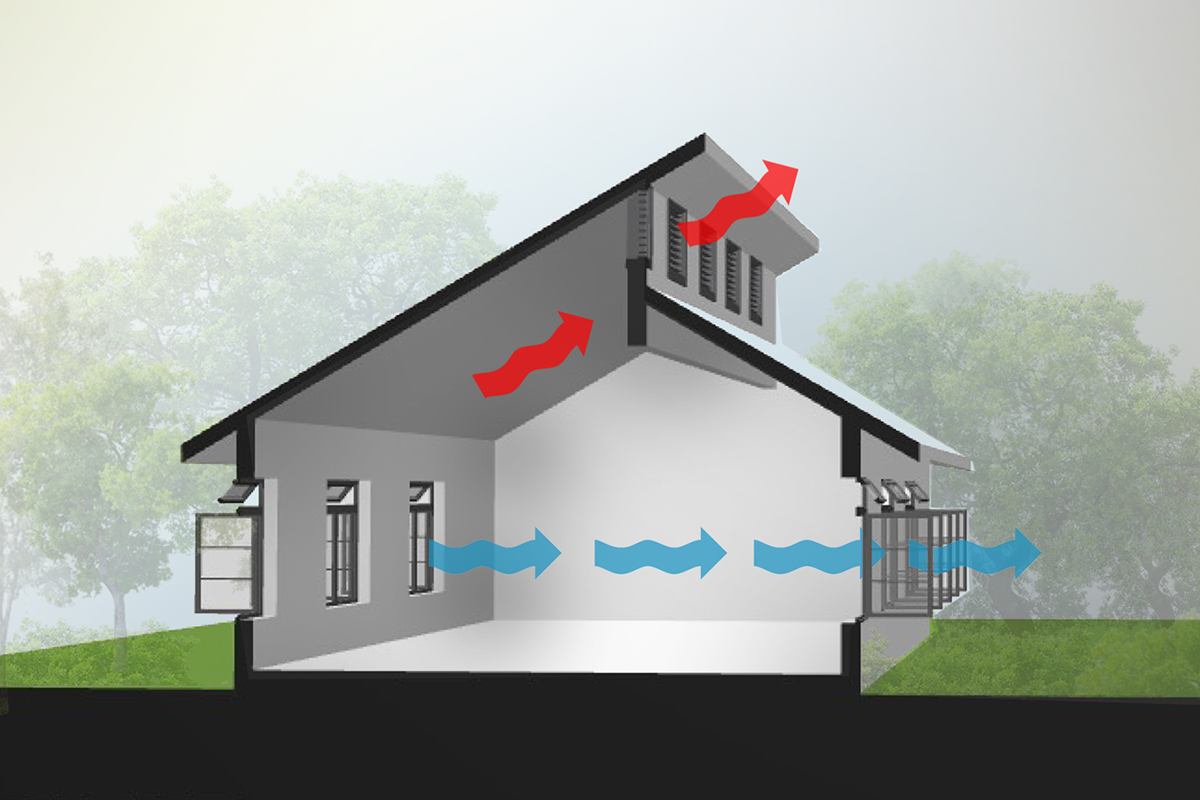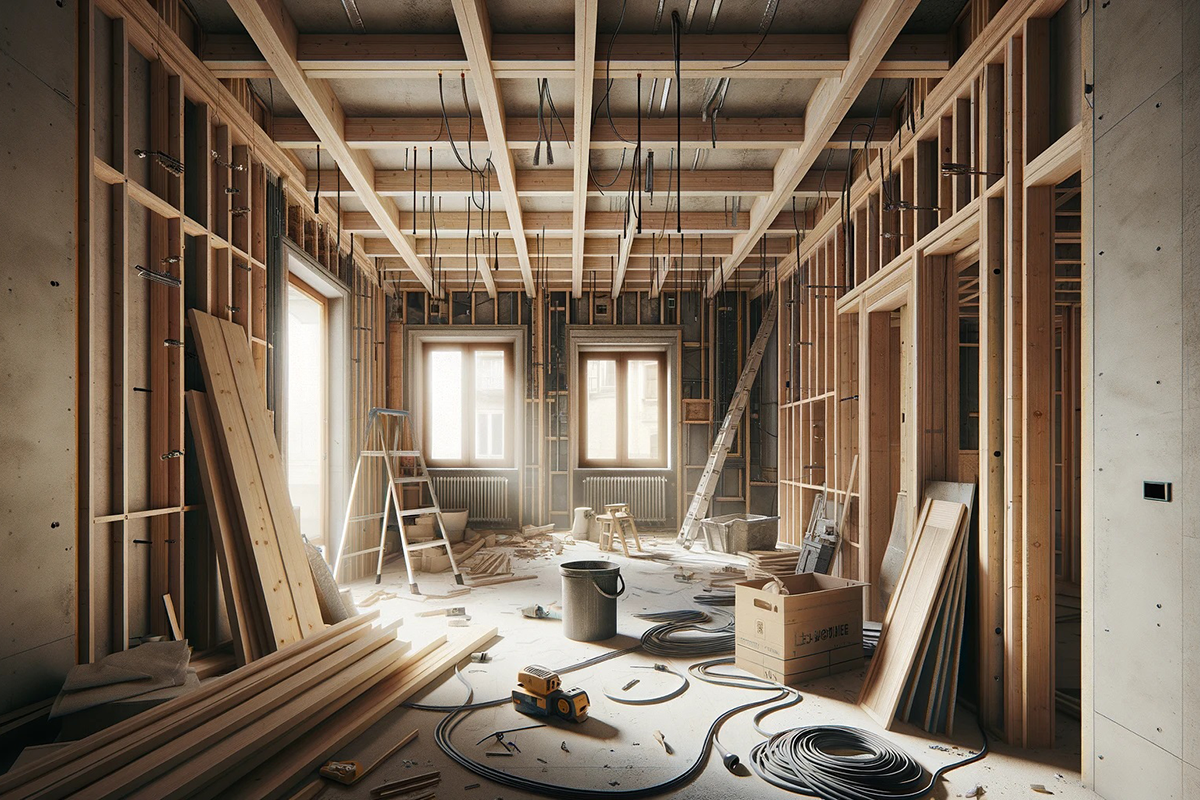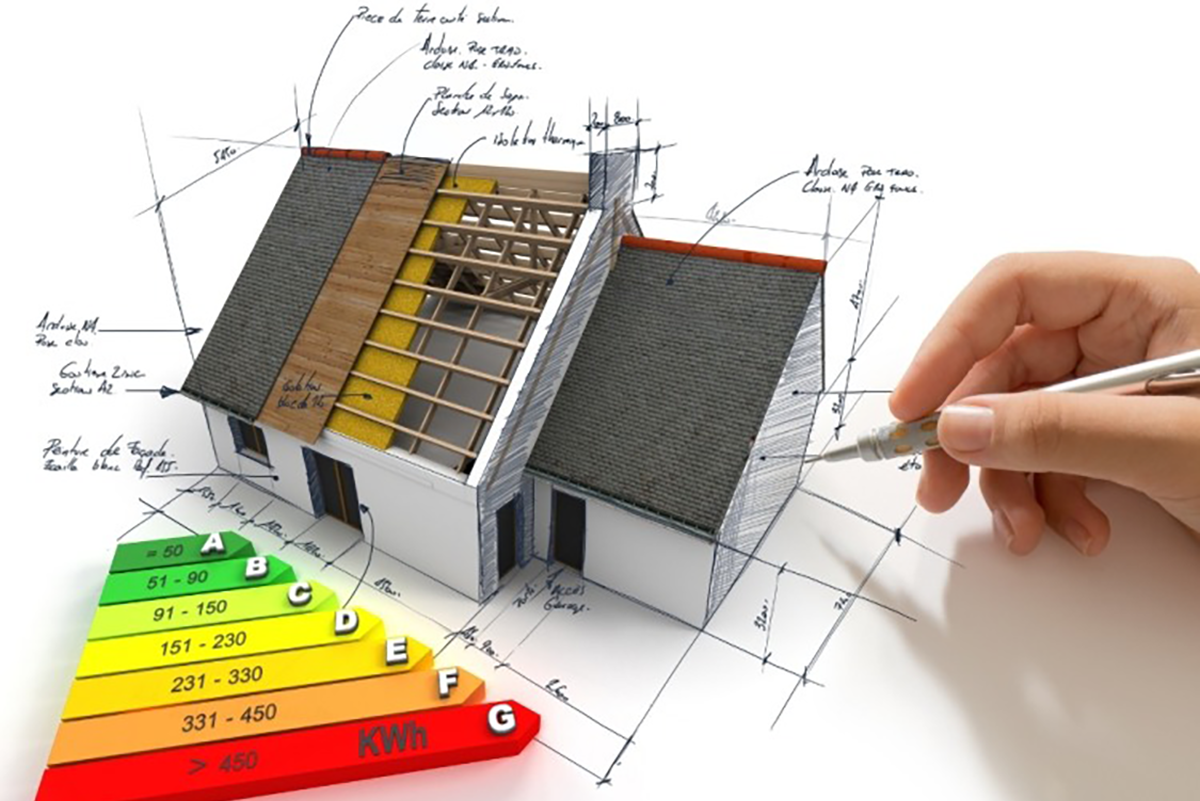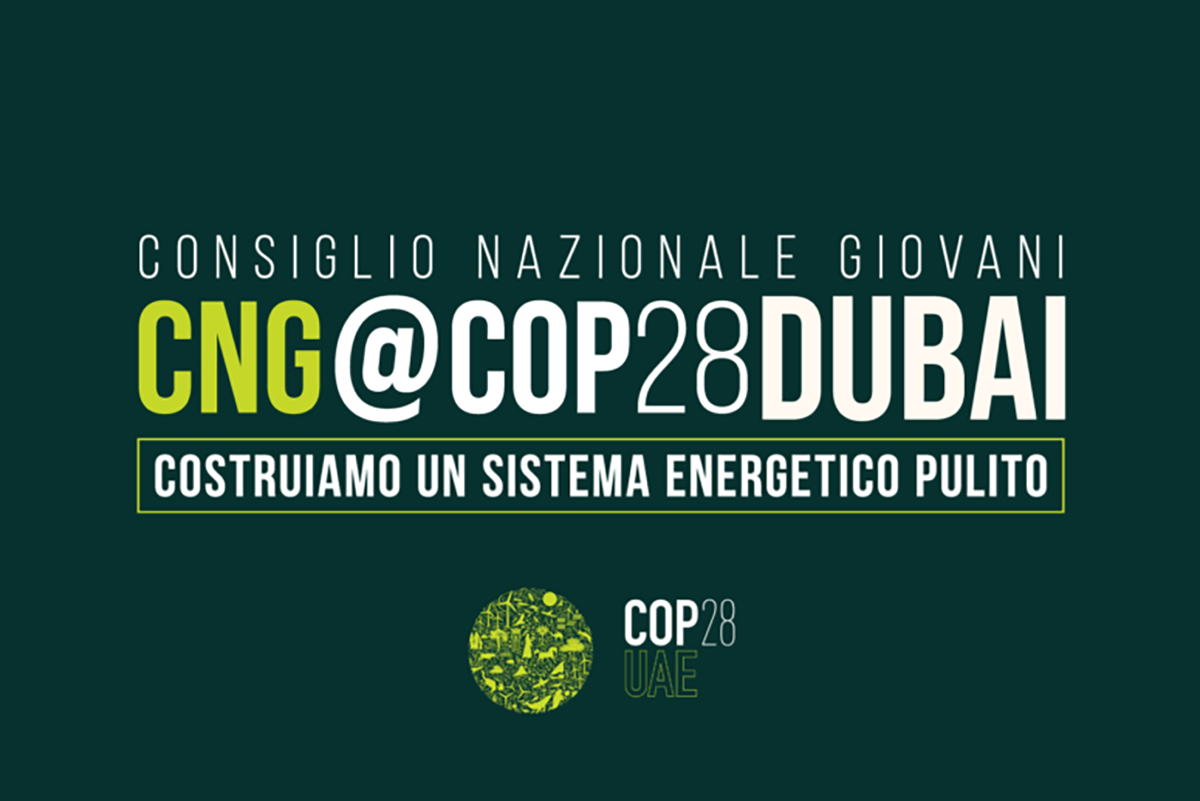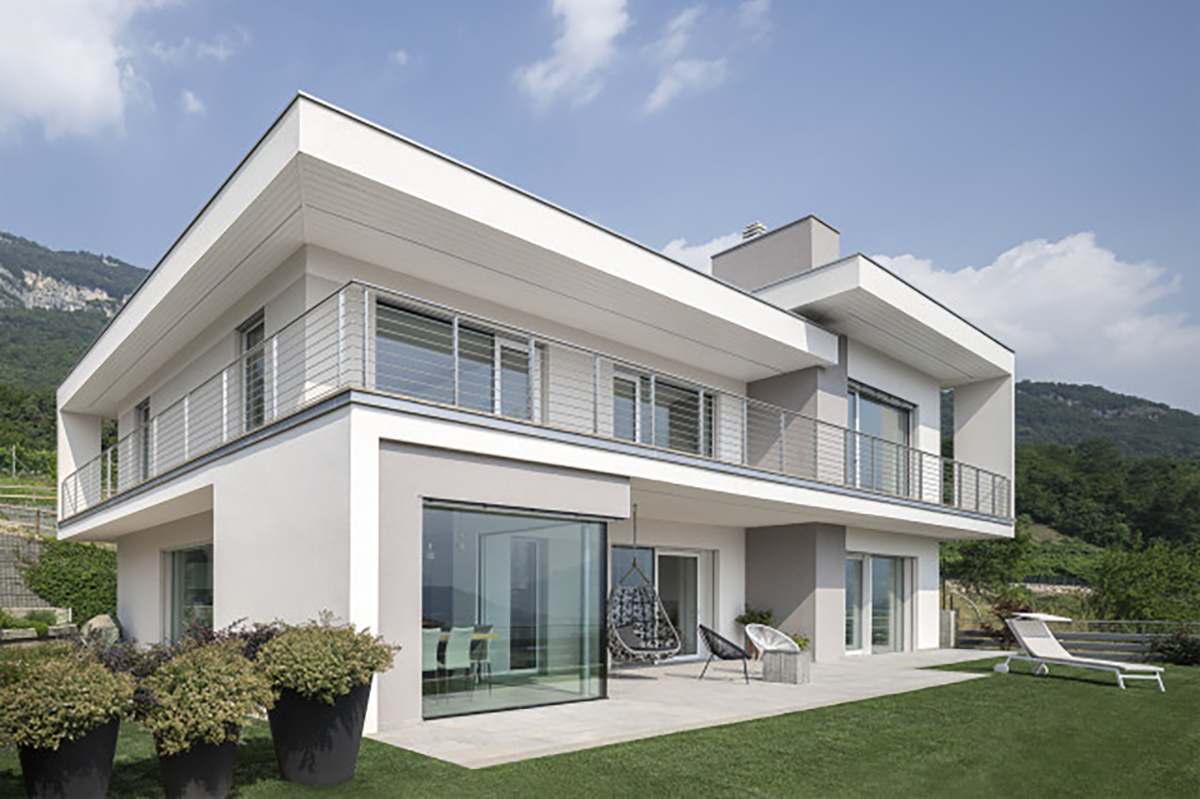News
BIM Design: The Revolution in the Construction Industry
In recent years, the construction sector has undergone a significant transformation thanks to the implementation of BIM (Building Information Modeling) design. This innovative approach to design and construction has brought with it a number of benefits that are fundamentally changing the way facilities are designed, built and operated. In this blog, we will explore what BIM design means, how it works and what its benefits are.
WHAT IS BIM DESIGN?
BIM design is an approach to design and construction based on creating accurate and informative 3D digital models of a building or project. The acronym "BIM" stands for "Building Information Modeling" and underlines the importance of incorporating information data at every stage of a building´s life cycle.
Unlike traditional two-dimensional drawings, BIM design allows designers, builders and owners to work with three-dimensional digital models that contain detailed information about every aspect of the project, including geometry, materials, costs, construction time and even construction information. plant elements.
HOW DOES BIM DESIGN WORK?
BIM design involves a collaborative process in which project stakeholders, such as architects, structural engineers, MEP (mechanical, electrical and plumbing) designers, builders and owners, work together on a single shared digital model. This model is the primary source of information for all design and construction decisions.
Some of the key steps in the BIM design process include:
1. Creating the Initial Model: Architects and engineers begin by creating a 3D model of the project, including all specific details and parameters.
2. Collaboration: The different teams involved collaborate on the same model, updating it in real time. This data sharing promotes more effective communication and collaboration.
3. Analysis and Optimization: Professionals use the BIM model to perform advanced analyzes and simulations to optimize the project in terms of sustainability, energy efficiency and structural safety.
4. Construction and Management: The BIM model continues to be used during the construction phase and is subsequently used to manage the building throughout its life cycle.
ADVANTAGES OF BIM DESIGN
BIM design offers numerous benefits for both construction professionals and facility owners.
Some of these benefits include:
1. Greater Efficiency: BIM design allows you to save time and avoid costly errors through three-dimensional visualization of the project and advanced analysis.
2. Better Collaboration: The teams involved in the project work more synergistically thanks to the shared BIM model, reducing possible misunderstandings.
3. Cost Reduction: BIM design helps identify and resolve problems in a preventative manner, avoiding costly delays and changes during construction.
4. Sustainability: BIM planning allows you to optimize the design to maximize energy efficiency and reduce environmental impact.
5. Better Management and Maintenance: After construction, the BIM model can be used for management, maintenance and future renovations of the building.
CONCLUSION
BIM design represents a revolution in the construction industry, significantly improving the design, construction and management of facilities. This innovative approach promotes collaboration, efficiency and sustainability, leading to higher quality in construction and better management of resources. With the continued development of BIM technologies, the future of construction looks even more promising, with new possibilities for sustainable design and construction.
